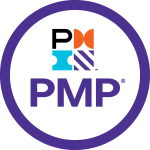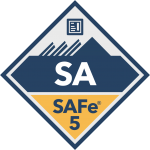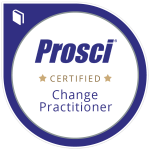A Working Definition of Strategy

This is 2nd of a 3 article Strategy-Pak(sm) series. Based on our work to align a rapidly growing consultancy of experienced consultants for consistency, and applied clean-sheet to a pre-acquisition, publicly traded company. This article focuses on the definition of strategy
Unpacking Strategy

This is 1st of a 3 article Strategy-Pak(sm) series. Based on our work to align a rapidly growing consultancy of experienced consultants for consistency, and applied clean-sheet to a pre-acquisition, publicly traded company. This article focuses on the overall architecture including a definition of strategy and its component parts
Best Thought Leadership in Social Business Elements for 2011

One of our mostly-annual series of what we found as our favorites for the year. Let us know if you want to be added to our year-end email list
Execution through Processes, Projects and Communities

Focusing on execution, we touch on each common organizing concepts in the following sections: Process; Project (program and project management); Community (purpose, practice and interest). We also quickly discuss the role of organization, followed by what is best organizing concept (considering sponsorship and breadth of collaboration)
Durable Capabilities Required for Social Business Success (5i’s)

We like to bend Professor Porter’s phrasing on “sustainable” a bit to align with Warren Buffet’s metaphoric moats of “durable” competitive advantage. Durable capabilities required for social business success include the 5Is: Innovation (e.g., Hamel’s innovation stack), Information Bias, Informed Decisions (e.g., Bain’s RAPID decision roles), Individual Acumen, and Integration.
Why hire consultants?

We share a set of practices on “Why hire consultants?” Topics include staff augmentation, perspective, roles, and internal barriers. The article also touches on traditional concerns about consultants, including over-reliance on third-parties to manage mission-critical activities.
Over-Reliance on Outside Resources

Large organizations are more capable at dealing with change than ever before, and they are able to do more of the “work” required of a change program. Yet dependency on outside consultants continues, in part, because of: organizational skill/experience gaps, leadership disengagement, and the expanding role of the consultant
Change Leadership

Our approach to change is focused on delivering business outcomes and is steeped in practical experience of designing and managing hundreds of initiatives. While implementing change to achieve objectives with speed, predictability and control is complex, the elements summarized in this article are common to most strategic improvement efforts.
Pareto’s Lesson on “How”

“While strategic and tactical projects need to be managed with regard for their size and potential impact, both need to incorporate a common, rigorous process for performance improvement that is endorsed by the entire organization…We recognize that the business benefits when it can effectively address both strategic and tactical opportunities within a common framework for change”
Responsibility Mapping

This article is a perennial favorite of our site’s visitors. Crisply defined and reinforced roles and responsibilities increase focus, integration and performance. The article defines generic roles for projects, processes, decisions, etc. RACI Framework of: Responsible (the doers); Accountable (the buck stops here); Consult before (see me first); and Inform after (keep me in the loop).






